Got a new cat?
There’s a lot to think about. Easy to get overwhelmed.
Sadly, many new cats struggle in a new home and owners can make the tough decision to relinquish their pet.
In this article I’ll go through my first time cat owner checklist to help ease you into it.
Then I’ll answer any frequently asked questions on the topic.
I recommend seeking the advice of a vet for any further questions. The advice in this article is not intended as medical advice.
First Time Cat Owner Checklist
Essential things:
- Cat food
- Litter box
- Cat litter
- Litter scoop
- Hiding box
- Safe room
- Scratching post
- Cat toys
- Secure property
- Cat bowl or plate
- Worming treatment
- Cat carrier
- Cat tree*
*all in one option instead of getting scratching posts, hiding box, and things to climb on.
I highly recommend another cat, more below.
Let’s go through each:
Cat Food
Cats are carnivores.
The best type of food is wet cat food, offering more protein and water for hydration. Dry cat food offers convenience.
Choose cat food that meets the needs as a complete meal (see back label). Meat is best (aim for 3 of first 5 ingredients meat based).
Quick notes:
- Wet food best
- More protein and water
- Choose complete cat food
Learn more:
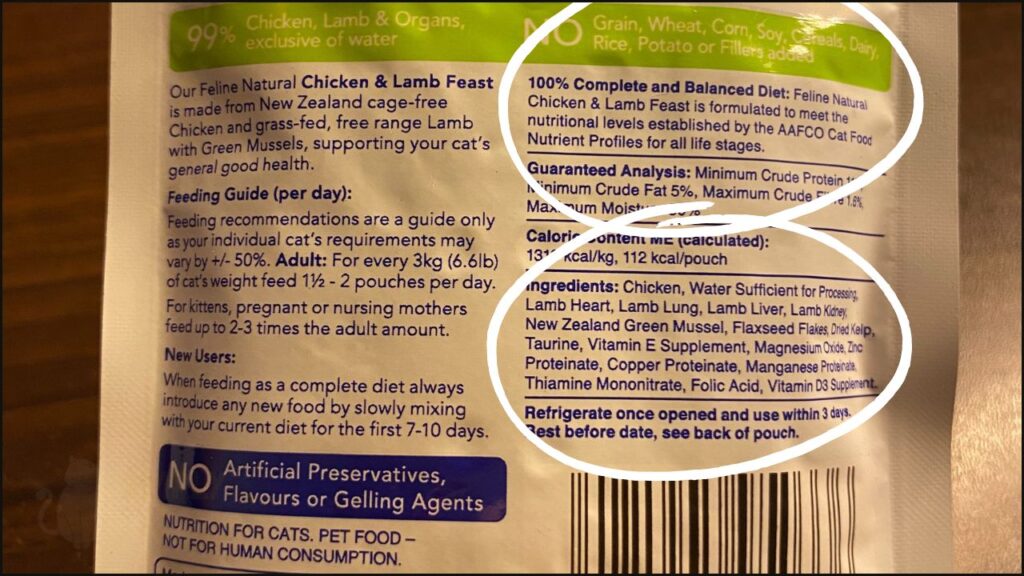
Litter Box
Duh?
Cats need somewhere to go the toilet, and a litter box provides that. The issue is most boxes suck – so go as big as possible.
Cats prefer big boxes and spend more time using them (39% of all behavioral issues are from not using the box). Don’t forget the scoop.
Quick notes:
- Cats need a toilet
- Go as big as possible
- Bigger = less chance of problems
Read more:
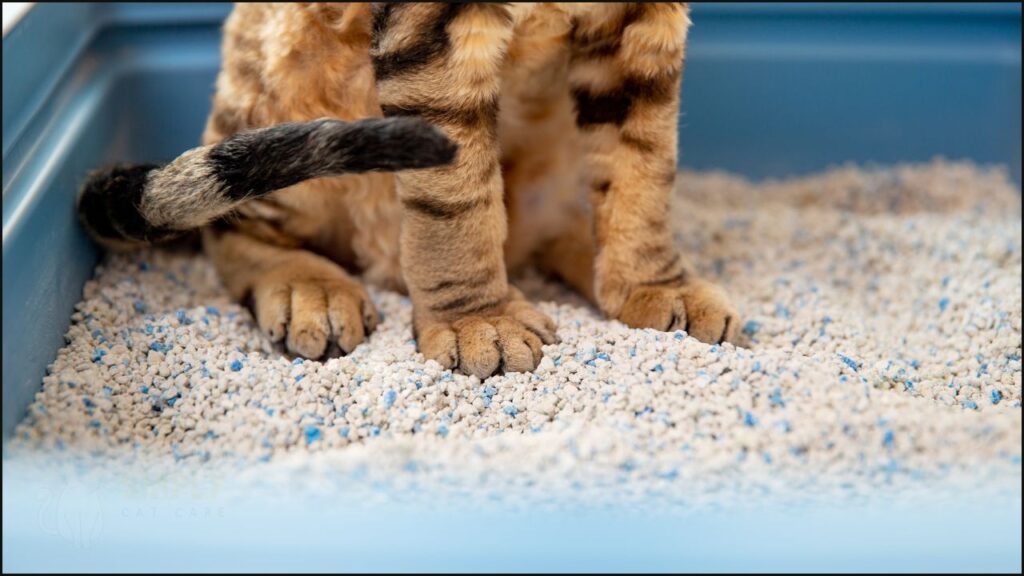
Cat Litter
Natural litter is best.
Clay, a popular and cheap option, is harmful to health. Problematic when used a lot (e.g. multi-cat house) or for small spaces (e.g. apartment).
More clay litter = more irritation. Cats prefer smaller size litter, so that’s a good first step – but experiment.
Quick notes:
- Natural litter is best
- Clay produces harmful dust
- Less problematic for large single cat houses
Learn more:

Hiding Box
Essential.
Hiding boxes reduce stress in shelter cats, especially the first 3-4 days. Benefits most likely apply for new homes.
Cats get used to their new environment in 2 weeks, but hiding boxes gives cats initial security and prevents fear based aggression. A cardboard box is fine.
Quick notes:
- Boxes reduce stress
- First 3-4 days
- 2 weeks to adapt
Learn more:

Safe Room
New cats need space.
Intros between two adult cats tends to get frosty due to status threat. Experts recommend setting up one room for the new cat.
A retrospective study of over 500 cats found 47% of behavioral issues from aggression (64% from two cat intros). Socialized kittens tend to work better with adult cats.
Quick notes:
- Give new cats a room
- Don’t introduce straight away
- Start slow
Read more:

Scratching Post
Cats like scratching.
This seems to serve a few purposes, including scent marking and claw maintenance. Cats love it.
Try vertical and horizontal pads. Cats prefer material that tears a bit (e.g. rope).
Quick notes:
- Scratching is normal in cats
- Helps with scent marking
- Try material that tears (e.g. rope)
Learn more:
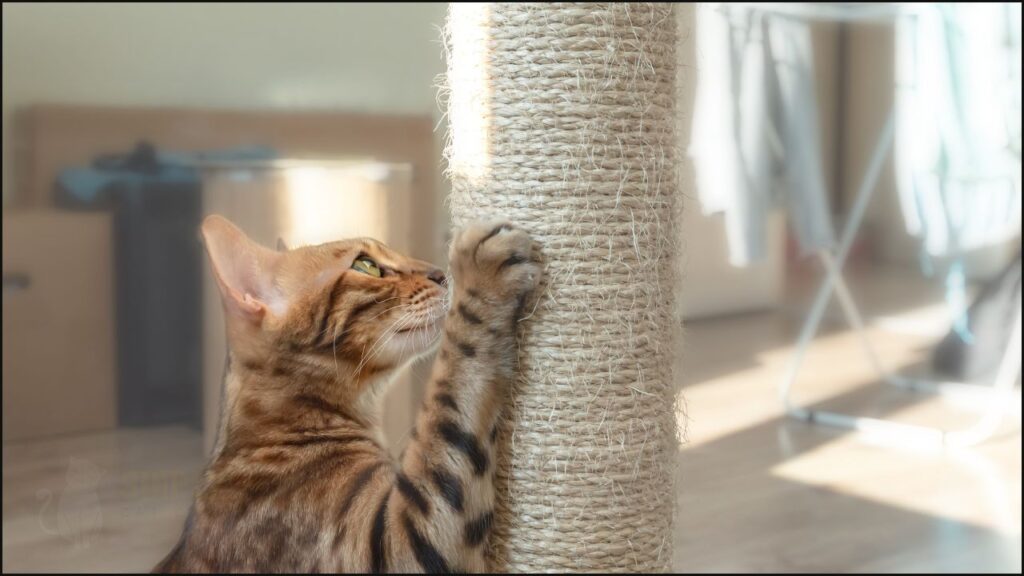
Toys
Why toys?
Experts suggests cats have play-related aggression tendencies. Without littermates, cats can take out energy on you or your house.
Simple toys (e.g. wand) are fine. Interactive toys are great for busy folk, but rotate every 3 days to avoid boredom.
Quick notes:
- Cats have play tendencies
- Need an outlet
- Simple toys fine
Learn more:
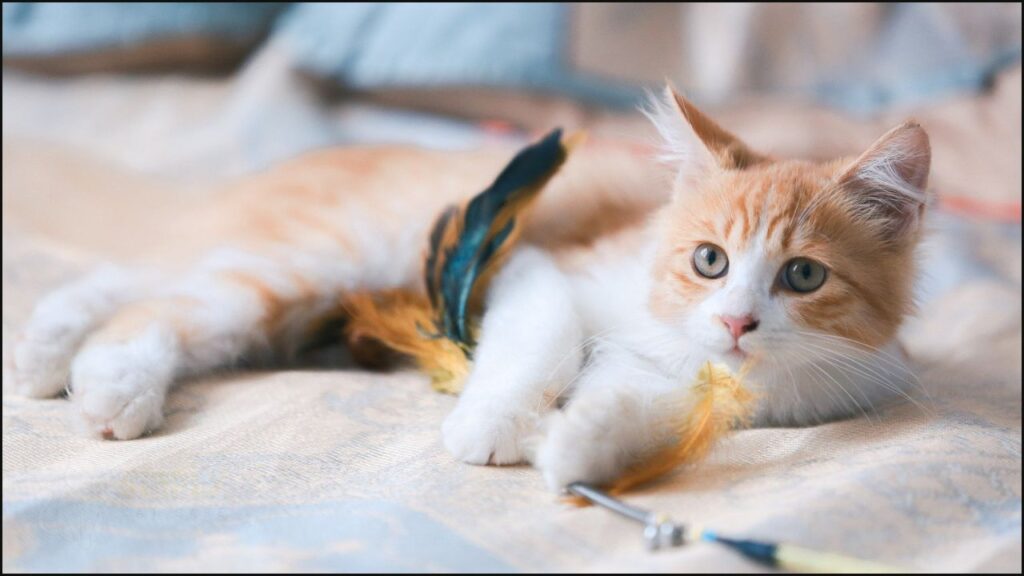
A Second Cat
Why not?
Another cat is an automatic toy and companion for your cat if you don’t have time for play. No batteries required (although you need more food).
Adding a kitten to an adult cat house, is a better option than a new adult to adult combo. Littermates are great.
Quick notes:
- Two cats > one cat
- Great companion
- Littermates are good
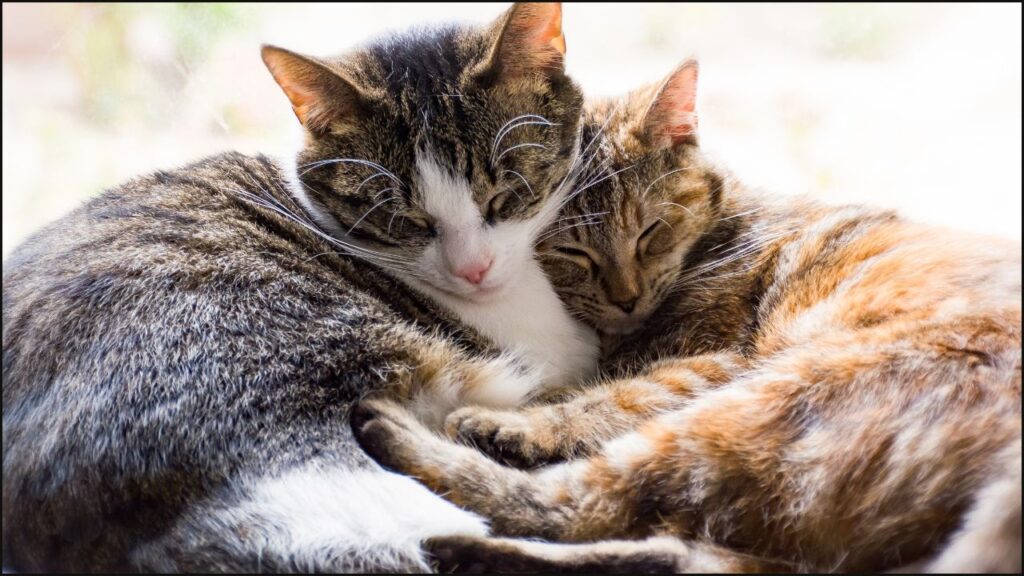
Secure Property
The leading cause of death in cats?
Road trauma.
A big problem, because cats want to roam around. Orange cats are more promiscuous, according to science.
Simple question – can your cat escape or not? If yes – do something about it in advance.
Quick notes:
- Cats like to roam
- Road accident leading cause of death
- Be proactive
Learn more:
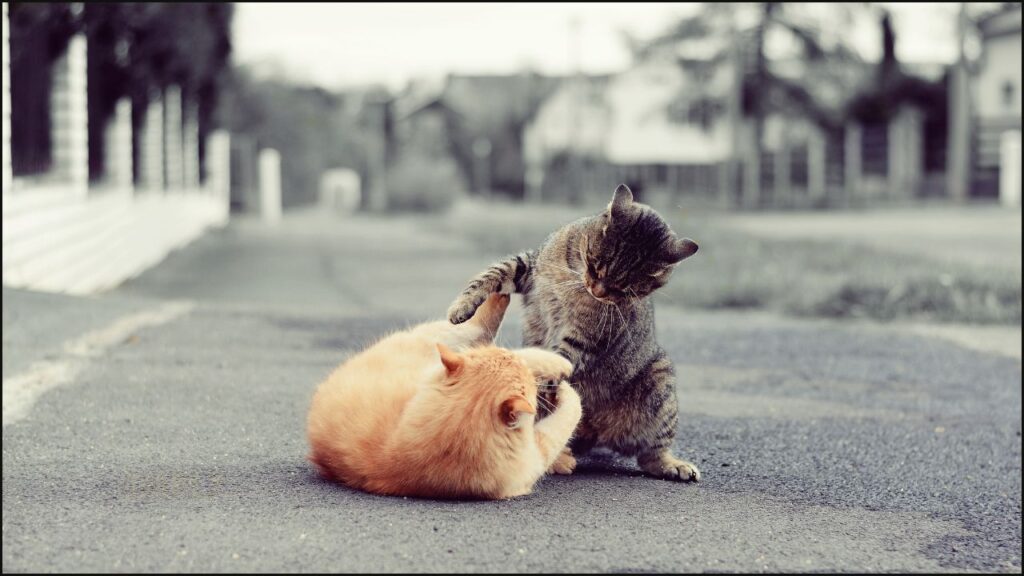
Food Bowls
Go shallow and wide.
This is less irritating to the whiskers, but some cats might not care. Deep bowls often lead to left over food.
Some simple ceramic saucers are fine – no need to get fancy.
Quick notes:
- Choose shallow and wide
- Less whisker irritation
- Ceramic good for hygiene
Learn more:

Cat Tree
Essential?
Probably not.
But a cat tree is one of those all-in-one swiss army knife solutions for cats.
Scratching, hiding, climbing, and window views – all from one handy device. If you have enough stuff for that – you could pass.
Quick notes:
- All-in-one solution
- Meet behavioral needs
- Not essential
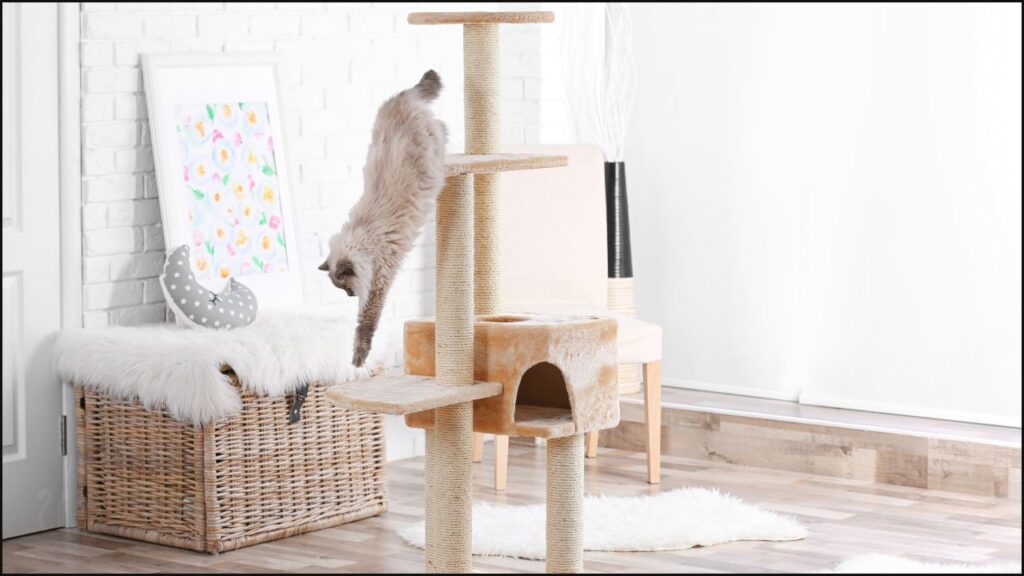
Cat Carrier
This is vital.
A 2015 crash report showed most carriers suck – they do not protect your cat in the event of an accident. Choose a CPS safety approved carrier.
Soft carriers with seatbelt strapping are best. Choose carriers 50% bigger than your cat for comfort.
Quick notes:
- Most carriers suck
- Is it crash tested?
- 50% bigger than cat
Learn more:
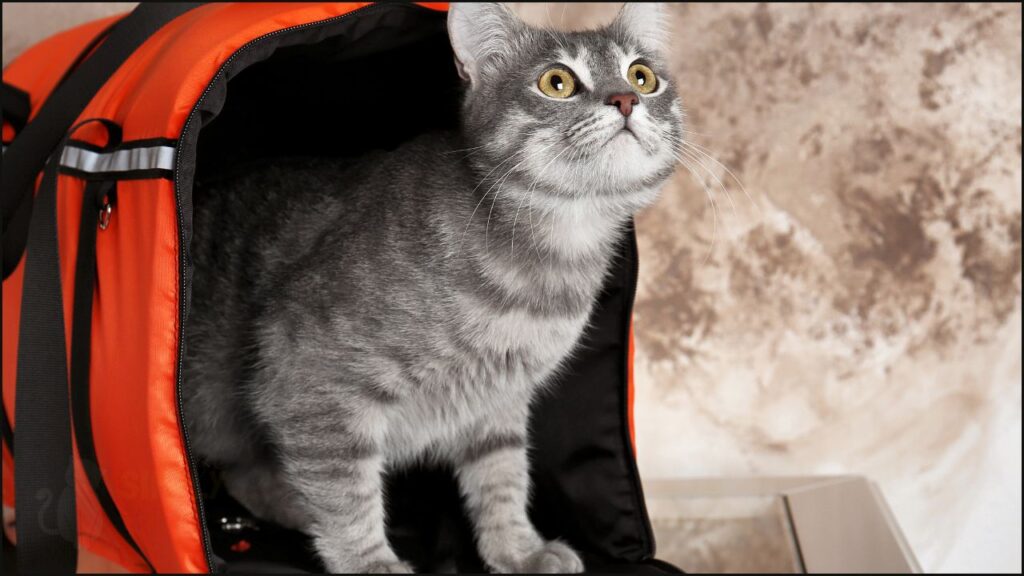
Cat Worming
Worms aren’t fun.
Fleas are carriers for worms, as well as outdoor pests. Indoor cats have more protection – especially fastidiously kept ones.
Still, maintain a 3 month schedule for adult cats to keep them healthy. All-wormers are good (e.g. Advocate).
Quick notes:
- Fleas carry parasites
- Clean indoor house = less chance
- Keep 3 month schedule
Learn more:
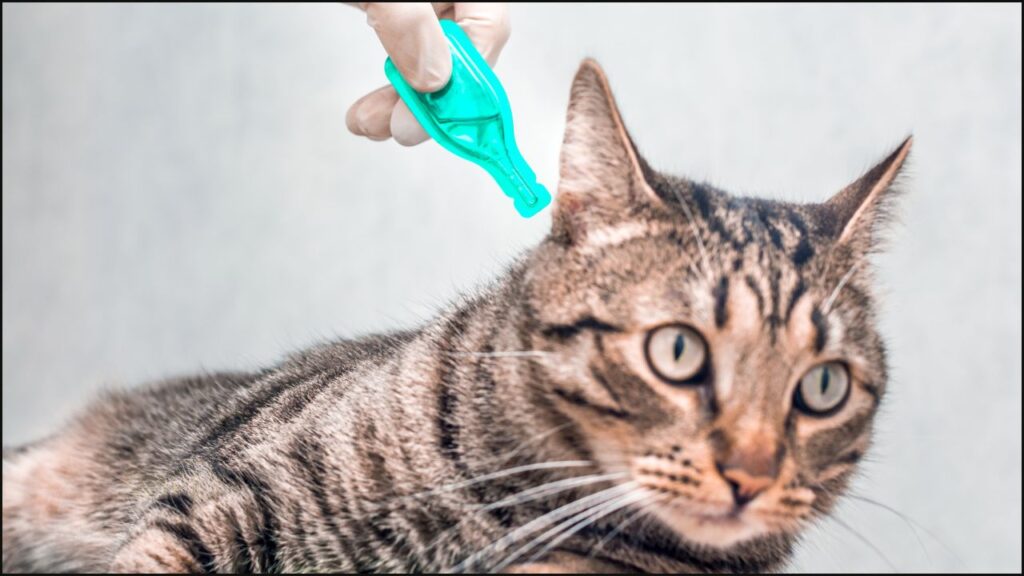
Cat Proofing
Do a once-over.
Common things to check for:
- Loose cords
- Loose bags
- Cleaning liquids
- Garage access
- Screws and nails
- Appliance security (e.g. laundry)
- Oil diffusers
- Earthquake strapping
- Filing cabinets and unstable objects
The most important thing is that front door – where does it lead to?
Cats are master stealth experts. They can rush out with the slightest drop in concentration.
Learn more:

Non-Essentials
These are ‘nice to haves’.
- Freeze dried-treats
- Cat fountains
- Litter mat
- Additional litter trays (+1 per cat)
- Remote controlled toys
Things to Schedule
Keep a diary or note somewhere.
I use my phone – because it’s in front of me all day. Simple.
Schedule:
- Daily feeding times
- Daily play session (try for 15 minutes)
- Daily grooming
- Daily litter clean
- Vet check-up appointments
- Worming
- Microchipping
- Vaccinations
Consider insurance.
Price varies from location to location – and what type of cover your get.
You’ll pay a premium every month with some kind of deductible and reimbursement rate.
Run the numbers and forecast scenarios – see what’s best and spend a bit of time comparing things. Spreadsheets are good.
Learn more:

Frequently Asked Questions
Should I Let My New Cat Roam the House?
No.
Set up a safe room. This prevents problems with other animals in the house, or losing the cat.
How Long Does It Take for a Cat to Get Used to a New Home?
Two weeks.
This is what research shows in cat shelters (stress normalizes).
Of course it could take longer if your cat isn’t well socialized or is feral.
How Do You Deal With a Cat on the First Day?
Give them space.
Cats will very likely want to lay low for 3-4 days.
Give them a room and a hiding box, slowly introducing them to the rest of the house over time.
Conclusion
Adopting a cat is a great idea and has benefits to health, but there’s a few things you’ll need to think about in advance.
Give your home a once over, cleaning everything and cat proof. Make sure it’s not easy to escape and set up a safe room.
Get all your shopping needs sorted in advance (e.g. cat food, litter, toys, scratching posts). Then set up a schedule for all your cats health needs and consider insurance.
